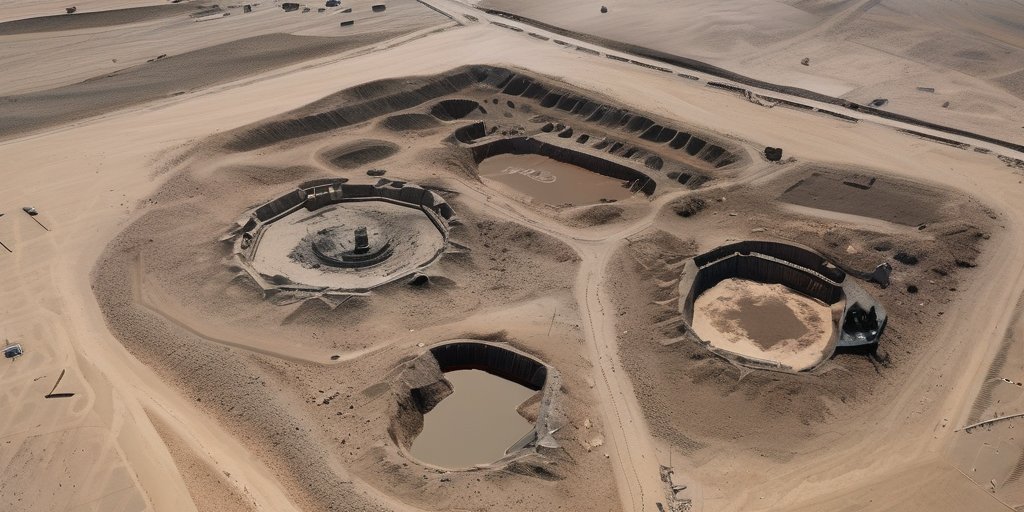President Donald Trump’s recent military actions against Iranian nuclear facilities mark a significant escalation in the long-standing tension between the United States and Iran. The missiles that targeted three key sites have been described as part of Trump’s most aggressive approach to Iran during his presidency, leading to concerns about regional stability and the broader implications of his tactics.
In a bold declaration, Trump insisted that the damage inflicted upon Iran’s nuclear capabilities was ‘monumental.’ He took to social media to defend the precision of the strikes, proclaiming, ‘the hits were hard and accurate.’ This assertive stance not only highlights his military decision-making but also hints at a possible intention of regime change within Iran, a notion that has sparked debate amongst U.S. political leaders and analysts.
As Trump reflects on the successes of these strikes, it remains to be seen whether they effectively degraded Iran’s nuclear ambitions or whether the repercussions of this aggressive approach could spur further hostility. The military response demonstrates America’s formidable power, with B-2 stealth bombers executing unprecedented missions from across the globe using advanced bunker-busting weapons.
However, experts caution that the reality of the situation is far more complex. Questions loom over the effectiveness of the strikes, with many arguing that without an intelligence report backing Trump’s claim that Iran was on the verge of developing a nuclear weapon, the long-term effectiveness of these military actions remains unfounded. Critics, including Rep. Jim Himes, emphasized that any assertions of obliterating Iranian capabilities are uncertain at best, given the clandestine nature of Iran’s nuclear infrastructure.
As tensions escalate, Iran’s response could reshape the geopolitical landscape of the Middle East. While some officials reassured the public that the U.S. is not seeking to ignite a war with Iran, Trump’s rhetoric suggests the volatility of the situation and the possibility of mission creep.
Israeli Prime Minister Benjamin Netanyahu welcomed the strikes as a strategic win against Iranian power, further complicating the already complex dynamics of U.S.-Israeli relations in the context of Middle Eastern geopolitics.
Despite these developments, the prospect of a conflict remains ambiguous. Military experts and political analysts are closely monitoring Iran’s next moves, which could include targeting U.S. military assets, closing critical energy shipping lanes, or even escalatory cyber attacks.
As the situation unfolds, Trump’s actions could be viewed as a double-edged sword: while they may fulfill a strategic goal of countering Iranian influence, they also risk engaging the U.S. in another protracted conflict in a region fraught with historical complexities and entrenched rivalries.
With each new report of escalating tensions, the debate regarding Trump’s approach to Iran intensifies. Some praise the boldness of his actions, while others express concern about the ramifications of a possible new war.
Hence, what began as decisive military action may blur into a prolonged engagement with unpredictable outcomes, echoing past American military endeavors in the Middle East. The stakes are high, and both domestic and international observers are keenly focused on how Trump navigates this precarious geopolitical quagmire.
